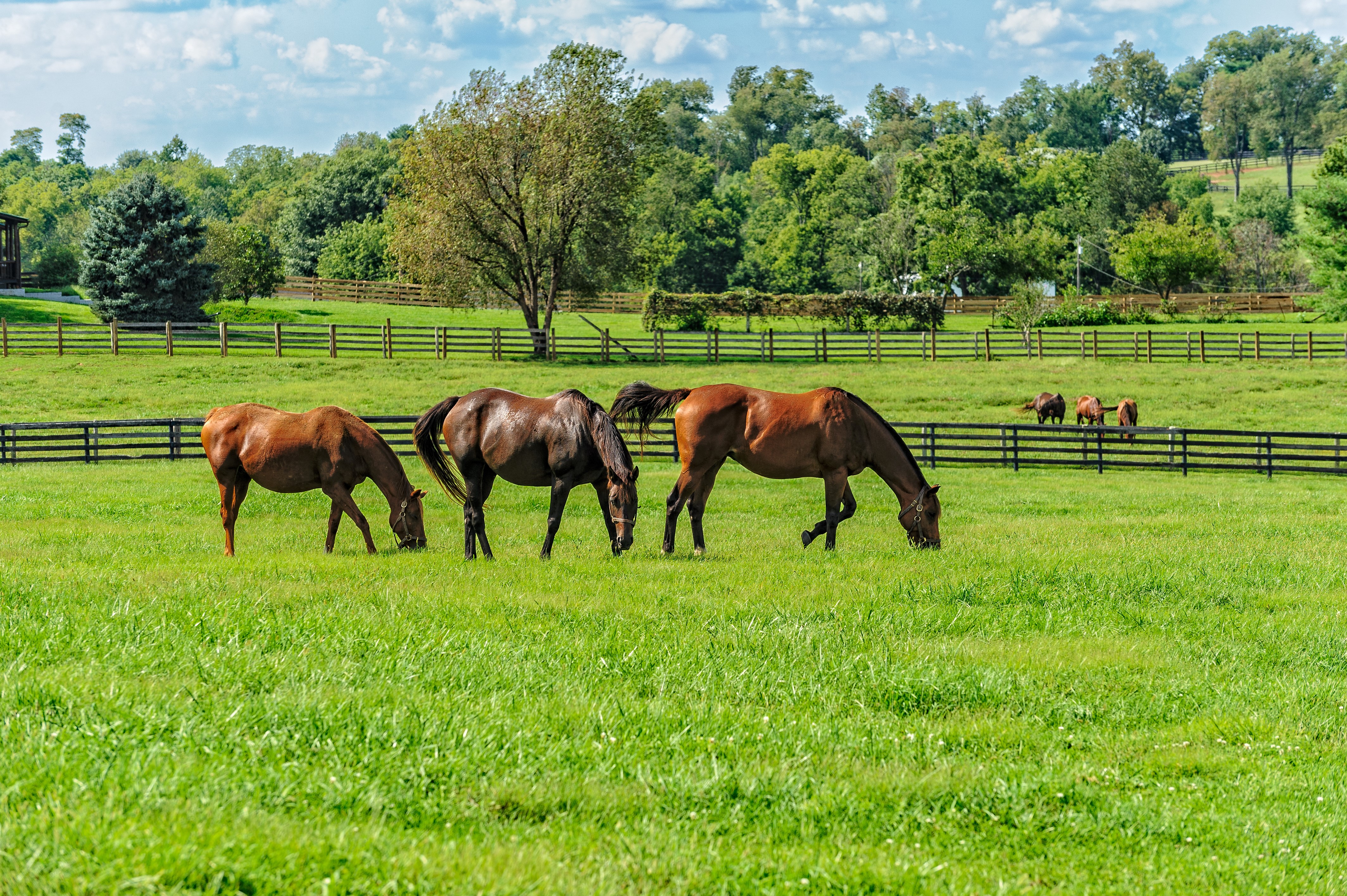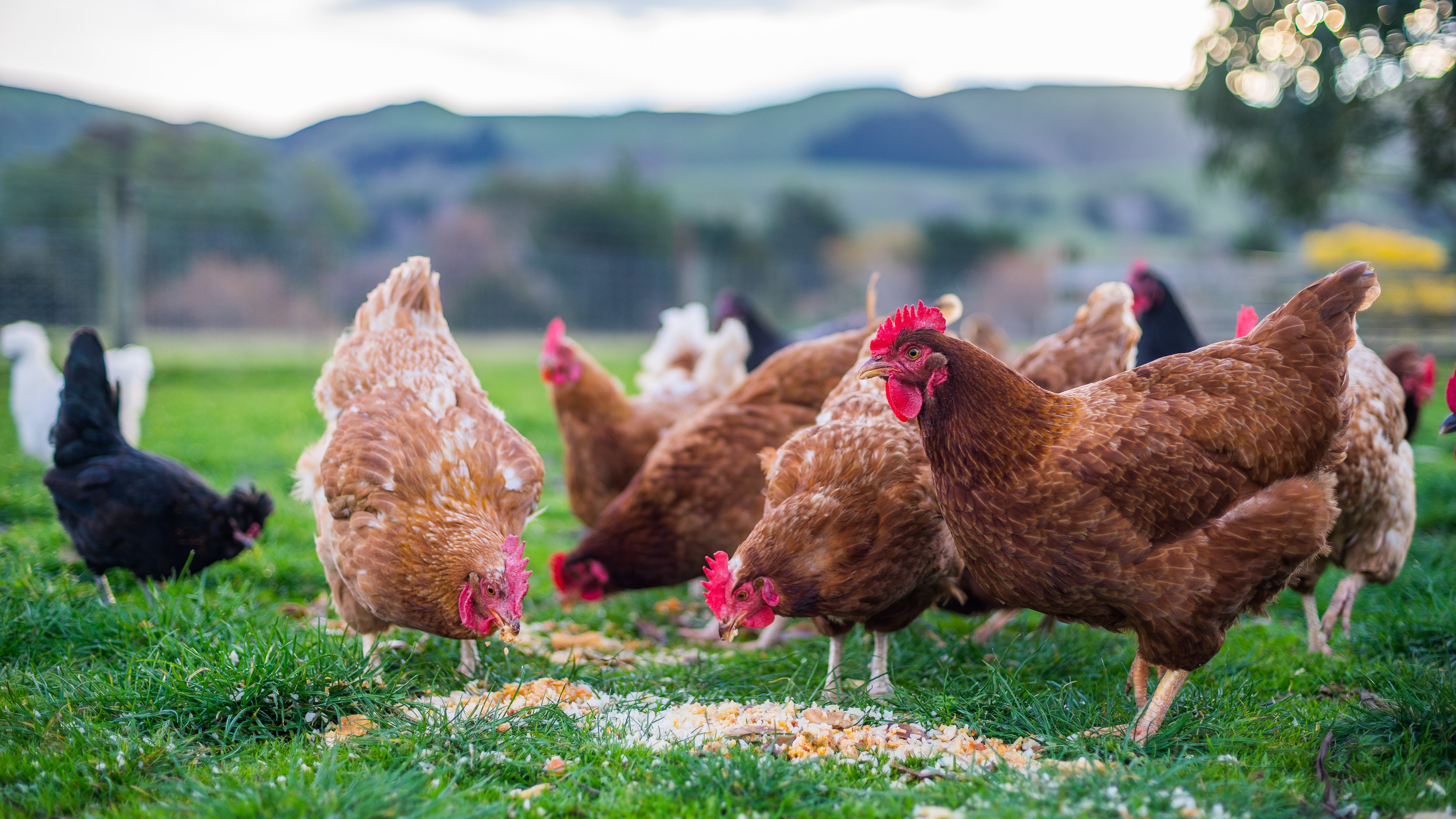Warble Fly Look-Alikes, August 2023
Regional Veterinary Laboratories report increased number of ‘warble fly look-alikes’ on the wing in Munster and south Leinster this summer
The Department of Agriculture Food & the Marine’s Regional Veterinary Laboratories have reported a number of ‘suspected warble fly’ (Hypoderma spp) specimens presented for identification from the southern half of the country in recent weeks, many more than in recent years. In every case presented so far, these have been identified as large Tabanid flies (mainly Tabanus sudeticus), commonly called ‘horse flies’.
While these are not closely related to warble flies (which were eradicated from Ireland in the 1990s), these Tabanid flies are superficially similar to warble flies, as they are exceptionally large biting flies with similar markings, and are capable of inflicting quite a painful bite on animals or humans. The combination of this bite and the ominous buzzing sound they make (very like a warble fly) can cause behavioural changes in cattle including restlessness, cover-seeking, and intermittent stampeding (‘gadding’), all of which are very suggestive of warble fly activity. Before they were eradicated from Irelanda, warble flies caused significant nuisance to Irish cattle, with physical injuries inflicted by accident when animals were running from them), as well as the economic impact of warble larval damage on cattle skins for the leather trade.
The purpose of this note is to raise awareness of the similarity of large Irish Tabanid ‘horse flies’ to warble flies, and to provide reassurance that there is no evidence that warble flies have returned to plague Irish cattle.
However, as with any exotic pathogen, it is also important to remain vigilant. The Department is grateful for the ongoing vigilance of Irish farmers and vets for the possibility of warble flies being reintroduced, and especially thankful to those who submitted suspected specimens for identification this summer.
Any suspected warble fly specimens (whether flies or larvae recovered at PM/slaughter) can be submitted through a veterinary practitioner to the nearest Regional Veterinary Laboratory for definitive identification by our Veterinary Parasitologist in Backweston. Veterinary practitioners are reminded that such specimens should identified to location where the specimen was collected (herd number), preserved in a universal tube in 70% alcohol, and packaged properly.
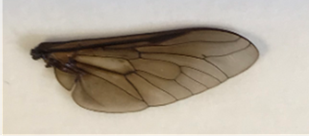

Figure 1: Wing from a submitted Tabanid horsefly (specimen submitted to Kilkenny RVL), compared with a textbook illustration showing the characteristic wing vein pattern (wing diagram taken from “Helminths, arthropods and protozoa of domesticated animals” by E.J.L. Soulsby
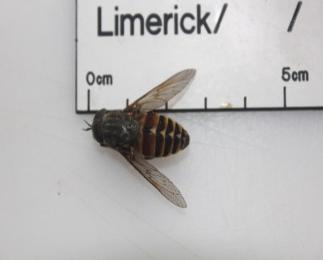

Figure 2 Tabanid fly specimen submitted to Limerick RVL (from a Co Clare farm, 26th June 2023) – note the large size
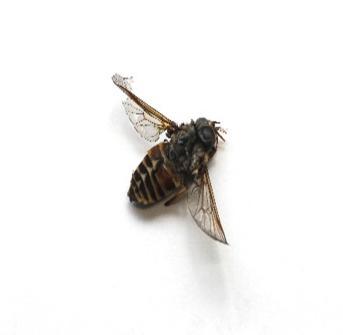
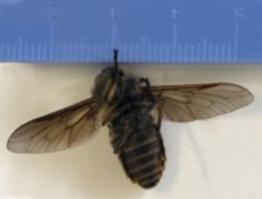
Figure 3 Tabanid fly specimens submitted to Cork (left) and Kilkenny (right)

